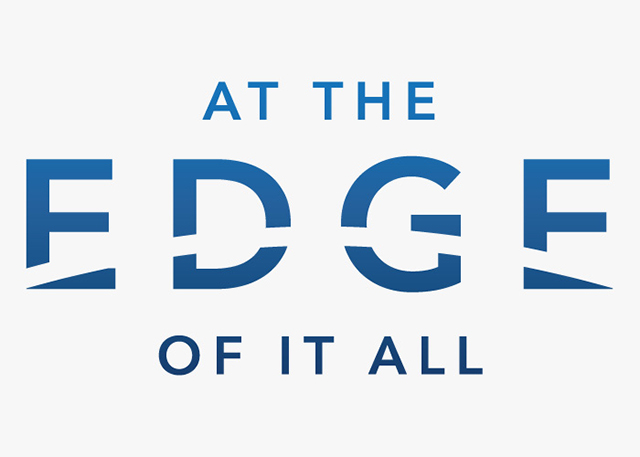Kroc School Professor Reflects on Teaching, Research in Northern Iraq
 Joan B. Kroc School of Peace Studies Associate Professor Ami Carpenter recently spent time in Northern Iraq to teach mediation and research in Duhok.
Joan B. Kroc School of Peace Studies Associate Professor Ami Carpenter recently spent time in Northern Iraq to teach mediation and research in Duhok.Joan B. Kroc School of Peace Studies Associate Professor Ami Carpenter, who teaches courses at USD in conflict resolution, conflict analysis and negotiation, taught mediation at the University of Duhok in northern Iraq and also did research in Duhok. She provides insights about her recent trip in this USD News Center faculty reflection.
On May 27, I left the comfort of San Diego to travel to Northern Iraq. My destination was Duhok, a city in Iraq that sits almost equidistant from Mosul to the south, Iraq’s border with Turkey to the northwest and its border with Syria to the west. People who fled the Islamic State (IS) live in and among the city’s residents, and in huge sprawling camps all around this region. Service shortages and strains on local resources are intense.
I was nervous before coming on this trip. All eyes were focused on the battle for Mosul, which was playing out 40 miles to our south. The military offensive was in its last phase, pushing remaining IS militants out of the Western part of the city. My thoughts were consumed with the uncertainty of what laid before me. This feeling melted away somewhere in the skies over the Turkish border into Iraqi air space. I wrote in my travel journal, “Now I’m excited, glad to be back in the region, and in the process of the trip instead of standing before it.”
I was in Duhok for two reasons. I went as a guest of the University of Duhok, to teach mediation to a cohort of graduate students in a new Peace and Conflict Resolution program. All of my students were already working on peace; they are professionals at United Nations agencies, the Kurdistan Directorate for Combatting Violence Against Women, and local NGOs working with children traumatized by war’s brutalities. Together, we contrasted Western-style mediation with Kurdish and Arab traditions. We learned new communication strategies — reframing negative statements into constructive ones was the most difficult — and how to structure a mediation process start to finish. We talked about whether mediation can work in cases involving “terrorists.” The answer is yes, but I invited a colleague to comment directly on this; he had helped organize an inter-tribal mediation in Tikrit that prevented sectarian backlash after IS was pushed out.
Here in the U.S., mediation is highly institutionalized in our courts and contracts and is the dominant form of conflict resolution outside the courtroom. I learned that mediation, while not common, still "had legs" in Duhok. Students told me about a local police station where two police officers had started using mediation to settle car accident cases. And in the newly “liberated areas” (like Tikrit) community-based mediation structures called peace committees are mediating sectarian and ethnic conflicts.
I am also part of a RAND study that is looking at resilience to sectarianism in the Middle East. The second reason I went was to learn about Duhok’s “resilience capacities” — the factors and actors that have managed local and regional tension so well, especially as compared to Mosul. Local peace committees are one element. However United Nations Development Program (UNDP) funded the formation of these committees, so international aid oriented towards conflict prevention is also an element. I’m still analyzing my data and writing up my report on all the pieces of social resilience in Duhok. But I wouldn’t underestimate the impact of determined, everyday people — like my students — who’ve committed to making non-violent conflict resolution a societal norm.
— Ami Carpenter, PhD



